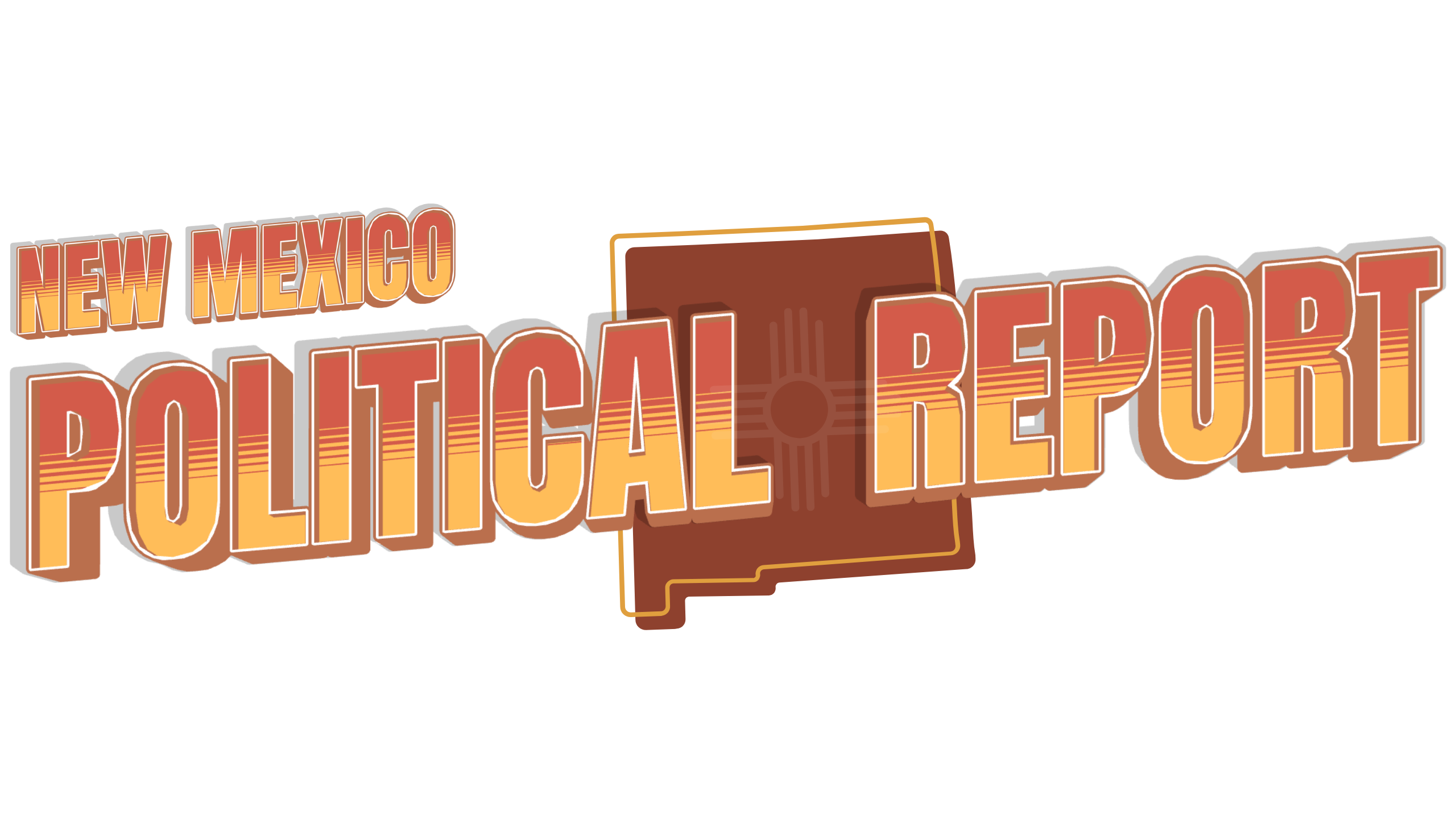New Mexico homeowners facing skyrocketing insurance premiums and policy cancellations could benefit from federal legislation aimed at understanding how wildfires drive the insurance crisis affecting one in eight properties in the state.
U.S. Sen. Martin Heinrich, D-N.M., and Sen. Tim Sheehy, R-Mont., introduced the Wildfire Insurance Coverage Study Act on July 25, legislation requiring the Government Accountability Office to examine how increasingly destructive wildfires affect homeowners’ access to insurance coverage.
“I’m hearing from more and more New Mexicans who’ve seen their insurance premiums skyrocket, lost coverage entirely, or been priced out of protecting their homes. That is completely unacceptable,” Heinrich said in a news release. “Families deserve fair, transparent coverage they can count on.”
The legislation comes as New Mexico grapples with an escalating insurance crisis triggered by record wildfire activity. In 2022, the state experienced its two largest wildfires in history — the Hermits Peak-Calf Canyon and Black fires, each burning more than 300,000 acres. This year, the South Fork and Salt fires near Ruidoso destroyed approximately 1,400 structures.
Heinrich, who chairs the Senate Energy and Natural Resources Committee, referenced a 2023 report he authored as chairman of the Joint Economic Committee that found wildfires cost the United States between $394 billion and $893 billion annually — more than double previous government estimates.
“We need a clearer picture of how worsening wildfires and climate risks are impacting insurance companies’ decisions to raise insurance premiums,” Heinrich said in the news release. “Without better data, we can’t push back when insurers jack up rates or pull the rug out from under homeowners altogether.”
The insurance crisis extends beyond New Mexico. Sheehy said in the news release that one-third of Americans live in wildfire-prone areas.
“If you can’t get or afford homeowners’ insurance, you can’t finance your home, which means hardworking families can’t achieve homeownership,” he said.
The proposed federal study would examine the extent of growing wildfire risks nationwide, the current state of homeowners and commercial property insurance coverage for wildfire damage, and how often private insurers have refused to renew policies based on geographic location. It would also analyze state insurance regulators’ responses to increased premiums and coverage exclusions, and assess the need for a national wildfire risk map.
New Mexico’s insurance problems are particularly acute in specific regions. Some counties have seen premium increases between 41% and 47% from 2020 to 2023, while the state average increased 16%, according to the Office of the Superintendent of Insurance.
Heinrich’s JEC report found that wildfires create financial risks that are difficult to predict because they can start for numerous reasons and depend on complex combinations of topography, drought conditions, wind patterns, fuel amounts and house locations. These unpredictable risks have led many insurers to either raise premiums substantially across Western and forested communities or withdraw from markets entirely.
The legislation is endorsed by Public Citizen and the National Association of Counties.
The New Mexico Office of the Superintendent of Insurance has observed a “significant jump” in non-renewals in 2023, a rate that remained high in 2024, according to recent reporting by Source New Mexico.
For homeowners unable to secure private insurance, New Mexico operates a FAIR Plan as an “insurer of last resort,” though these policies typically carry higher premiums than private market options.

Something definitely needs to be done. The insurance company aren’t losing money. They made billions of dollars last year in profit so why do they keep increasing insurance?
And that’s why you get a check and not an IOU.